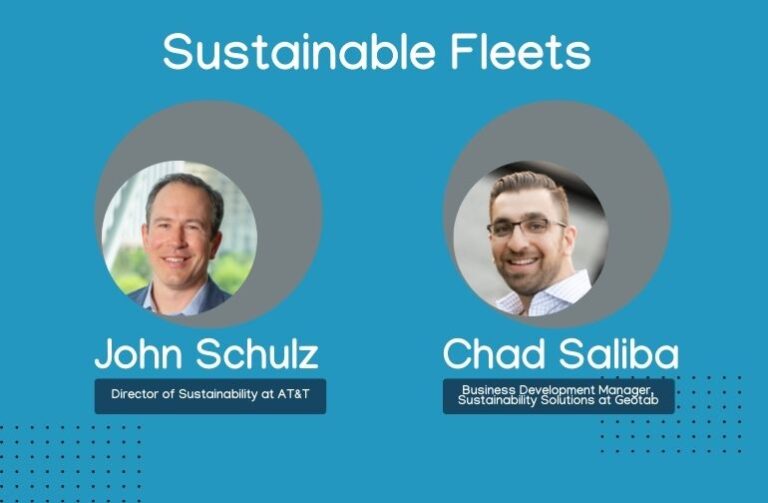US fleets may be more advanced on their sustainability journeys than those in Australia but an August webinar from US-based Automotive Fleet publishing group, which featured executives from telecommunications group AT&T and telematics provider Geotab, suggests it’s early days for many there too.
The webinar Building a Sustainable Fleet talked about the motivations leading companies to reduce emissions and how to create a sustainability model for fleets.
“The pressure that’s being applied to companies to address climate change and reduce emissions is growing,” said John Shulz, Director of Sustainability at AT&T, the world’s largest telecommunications group. “Everyone realises the important role that businesses can play in addressing climate change.”
Transport contributes some 25 per cent of greenhouse gas emissions, so fleet has a key role in a more sustainable future, the webinar noted.
“I thought I’d offer a few for what it’s worth nickels’ worth of advice,” said Shulz. “First tip is make sure you’re bringing the right people to the party,” adding that includes executives who will sign off, vehicle drivers and the fleet management team.
His other tips: second, collect the data — “You don’t know where you’re gonna go if you don’t know where you are,” and, “Set a baseline and then you can track progress by using accurate data to track your progress against your goals.”
Third, “Don’t be afraid to be ambitious,” said Shulz, who added AT&T’s own sustainability goal is to save one gigaton of carbon dioxide by its actions inside its own business and among customers.
“The way we’re seeing the industry change, whether that’s platforms that can help you manage the vehicles more effectively or the fact that new vehicles and fuel types are coming in a more rapid pace, don’t be afraid to start slow and then ramp up. … It gives you a chance to not only be comfortable at the beginning of your journey, but show that you’re looking to make a contribution that’s meaningful by ramping up over time.”
Fourth, communicate intentions and progress with stakeholders — investors, customers, and the internal team. “The human nature of wanting to be a part of something big and positive can be a powerful tool.”
And the fifth tip was given by Chad Saliba, GEOTAB Business Development Manager of Sustainability Solutions, who said fleets should ask: “How do I rightsize my fleet?”
“How do I cut from let’s say 100 vehicles to 90, or 10 vehicles to nine?” said Saliba, and, “Am I using the right vehicles for the right jobs or tasks along the route?… Am I using an F 350 When I can use an F 150? Am I using a truck when I can be using a sedan.”






